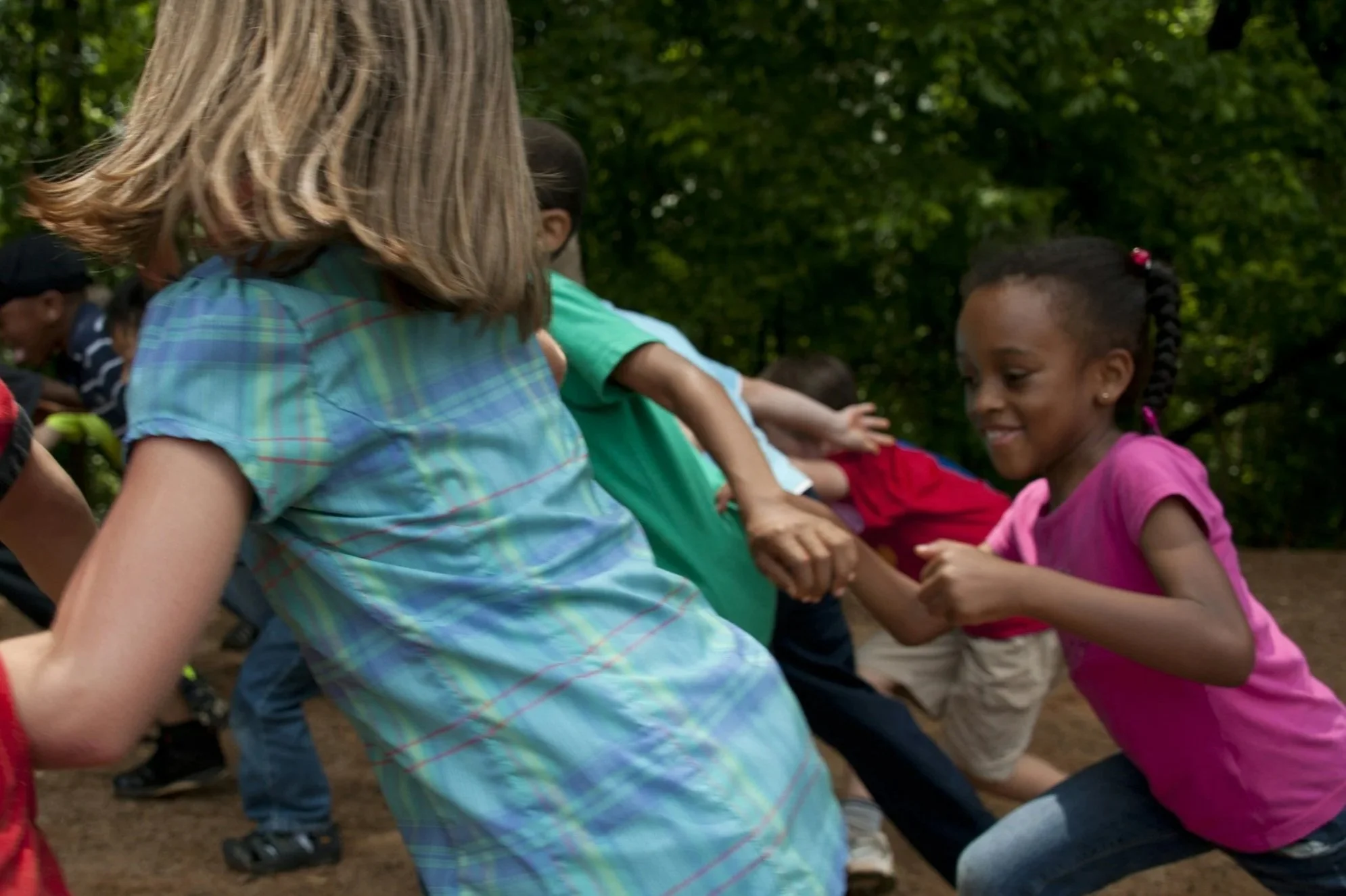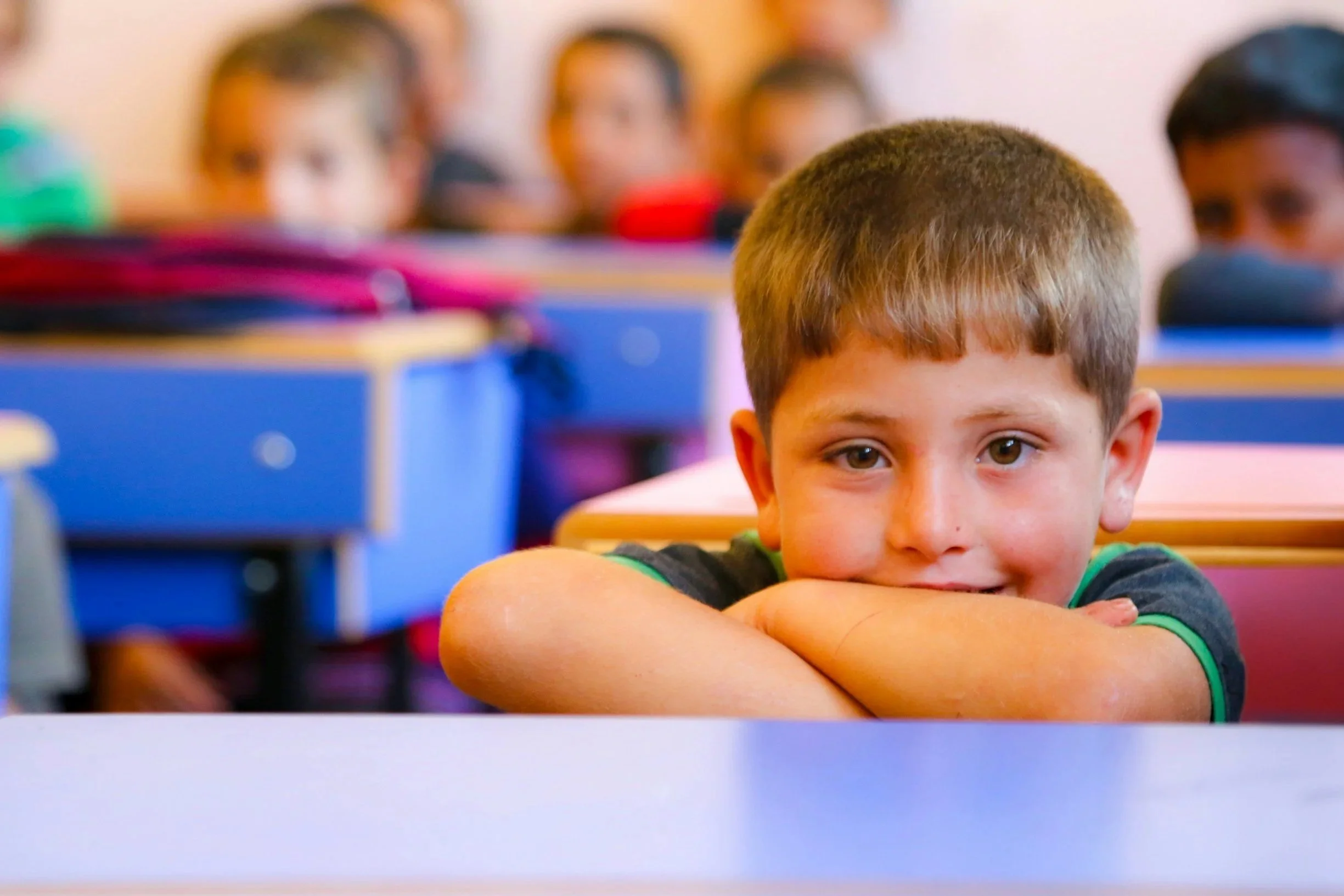Creating Safe Spaces For Students To Develop Thinking Skills
What is the difference between needing time to think, getting stuck, feeling overwhelmed and just plain avoiding?
This is a question I’ve been asking myself over the last 20 years, and it's a loaded question that can be answered in so many different ways depending on how it’s interpreted.
Do I want to use this blog to chastise the teachers that teach down to their students because of perceived ability? No. Do I want to talk about the culture in education of teaching to the test? No. Do I want to use this blog to complain about legislatures creating education laws based on their limited knowledge about teaching? No.
Let’s focus on the students. Students who use a variety of visual cues, body language and verbal cues that provide insight to where they are in the thinking process. Yet, to catch those cues, teachers need to watch and listen carefully. That’s when pausing and asking questions can be helpful.
This may seem like a rehash of the last two blogs, but really those instructional strategies are more likely to be found in a safe learning environment. What is a safe learning environment? It’s a place where students feel they can take risks or raise their hand to participate even if they are unsure about the answer. The relationships between teachers, administrators, staff, students and parents are friendly and respectful. Students feel like they belong, and parents feel like they are a part of a community (1).
A few good learning strategies will not automatically create a safe classroom, but when they are combined with social-emotional learning (SEL) strategies, that’s when the magic can happen. SEL strategies at the elementary level focus on teaching acknowledgment and self-regulation of emotions. As a result, students learn to listen and understand different perspectives and they learn about themselves. As students continue to mature and grow, their independence and confidence around their ability to set goals, plan and execute their plans amidst challenges grows as well (2). That means they are more capable of applying different learning strategies and persisting through challenges.
So, when I want to know if students are taking time to think, getting stuck, feeling overwhelmed or just avoiding, I need to look at the whole student. What was their confidence level before they started this task? How independent are they as a learner? Before they started this task, did they have the language to describe feeling frustrated or overwhelmed? Did they have and use strategies to work through difficult emotions and challenges? Are they able to problem solve when faced with challenges? If the answer to these questions is yes, then they’re probably just thinking. If the answers include a no, it’s time to check in with them.
As teachers, we are familiar with the many different strategies we can use to check in with students. In a situation where students seem stuck, frustrated, overwhelmed or avoiding, I prefer to start by having students describe what their problem is. Let them describe the assignment, what they know, what their plan is, and what is not working. Let them describe the challenge, what confuses them and how they don’t know where to start. And for those just thinking, we should still check in on them and just let them talk aloud. The time students spend verbally talking through the challenge with their teacher or even other students will help crystalize the problem and make their path forward more visible.
Listening to our students’ thought process not only gives us a window into their level of understanding, but it also allows students to verbally process their analysis, which tends to clarify the thinking process. It also deepens students’ depth of understanding of the content, which supports their critical thinking ability, and that is something every teacher wants to nurture.
© 2025 Linda Patrell-Kim
Resources:
Thomas B. Fordham Institute, https://fordhaminstitute.org/national/commentary/children-learn-best-when-they-feel-safe-and-valued
National Center on Safe Supportive Learning Environments, https://safesupportivelearning.ed.gov/voices-field/what-one-way-sel-showing-elementary-schools-your-context



